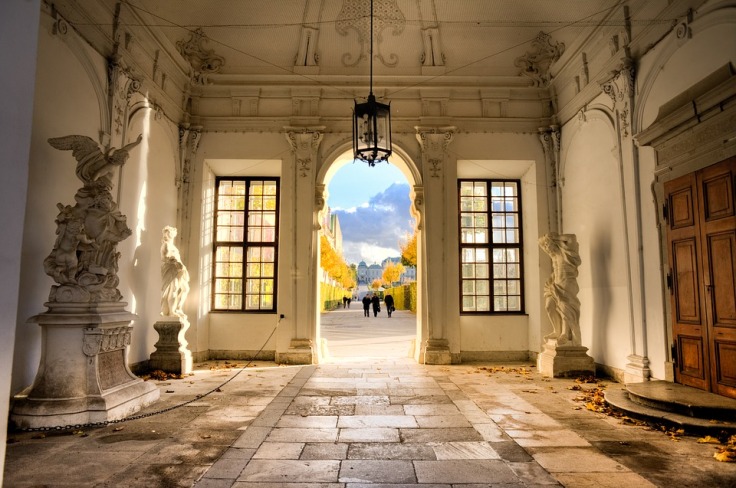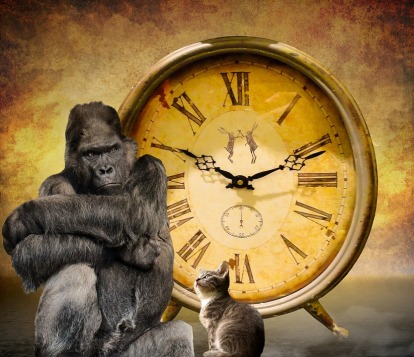
Last May 7, I had the pleasure of co-presenting a round-table discussion (called “Hot Topics”) as part of the International Council of Museum’s contribution to the American Alliance of Museums’ 2018 conference.
Our hour-long round-table discussion was hosted by ICOM-US (International Council of Museums USA). Our group of ten was highly diverse, including designers, architects, content providers, land conservationists, representing the arts, natural history and the zoo industry and from both inside and outside the United States. I led the discussion in collaboration with Dr. Cristián Samper, President and CEO of the Wildlife Conservation Society (WCS).
Dr. Samper began with a brief recap of his keynote speech from earlier that day, where he spoke about sustainable cities as being fundamental to global sustainability. The from our sector’s perspective, this means:
- build and operate sustainable museums,
- exhibits need to tell their stories through the lens of sustainability,
- we must use collections to ask intelligent question about sustainability and biodiversity.
With these thoughts as our backdrop, we had a freely-flowing conversation about sustainability across the museum landscape; in other words, not solely as the province of natural history museums, recapped and synthesized as follows:
Why would it not be every museum’s responsibility? Museums tell the stories of humanity and public history, whatever their essential purview. For instance, a museum focusing on musical instruments might show indigenous people’s pieces, made from whatever materials were locally available. These materials form the basis for intangible heritage for their culture, which is in some cases imperiled by changing climate zones or biodiversity loss.
 As museum professionals, we know that different audiences respond to stories in different ways and bring their own personal and cultural preconceptions with them as they engage with us. We innovate to create these stories nimbly, and the landscape of engagement is always changing. This means that staying relevant is always a challenge to be addressed and complacency isn’t an option. In the case of the environment and sustainability, environmental conditions are intermingled with an increasingly complex world of social and digital media. When we seek to win hearts and minds, we have to be mindful of our own opportunities – like being a credible voice, as well as our vulnerabilities – like not always walking the walk in terms of sustainable operations.
As museum professionals, we know that different audiences respond to stories in different ways and bring their own personal and cultural preconceptions with them as they engage with us. We innovate to create these stories nimbly, and the landscape of engagement is always changing. This means that staying relevant is always a challenge to be addressed and complacency isn’t an option. In the case of the environment and sustainability, environmental conditions are intermingled with an increasingly complex world of social and digital media. When we seek to win hearts and minds, we have to be mindful of our own opportunities – like being a credible voice, as well as our vulnerabilities – like not always walking the walk in terms of sustainable operations.
People at every level of operations need to buy into the ideas of leadership in sustainability. As Ghandi said, “Be the change you want to see in the world.” However, economic realities are that institutions must make choices to continue to operate and may sometimes be at odds with the philosophy, and the reality, of sustainability. How do we convince the leaders in our own institutions? What tools do we have to engage our board members in this conversation? One obvious answer is that tangible cost savings can be made to operate sustainably, for instance in the realm of energy use. Another way to approach it is through their children and grandchildren, who are often very engaged with the institutions with which their parents and grandparents are involved.
Certainly, not every approach will work. For instance, LEED certification, becoming more widely required in institutional buildings, does not always resonate with the public. However, focusing on other simpler stories can get the same message across, and goes hand in hand with other issues like diversity and inclusion for people with special needs.
Another important tool for engagement is providing mechanisms for public participation in museum practice (such as citizen science). The most inspiring and effective of these projects allow participants to make real change, which can catalyze a paradigm shift, moving from “so what” to a deep-seated passion for the subject.
Even more than being about objects, museums are about ideas. These ideas make the difference or our being relevant leaders in our industry and communities. What we need is a start: to identify the first actions in which all institutions can engage, to form partnerships with knowledge holders and to tell stories that resonate to our particular audiences and milieus.
Where to from here?
 The value of any discussion is its ability to catalyze action. Ours suggests the need for a tool that any public institution can use to get started moving toward sustainable operations and framing stories that engage the public in a positive way.
The value of any discussion is its ability to catalyze action. Ours suggests the need for a tool that any public institution can use to get started moving toward sustainable operations and framing stories that engage the public in a positive way.
Our intention is to create a support document that can be easily disseminated through the ICOM network. Stay tuned for more details on when and where to access it.
A final note: The original title of this workshop was “Environmental Issues: Every Museum’s Responsibility?” i.e. with a question mark at the end. In the title to this blog post, I’ve taken it off, because I feel these issues are cross-cutting and so important that our institutions’ joint responsibility is beyond question. This moment in time presents a critical challenge, and an opportunity, for us (the museum sector) to retain relevance in a rapidly changing world.

Leave a comment